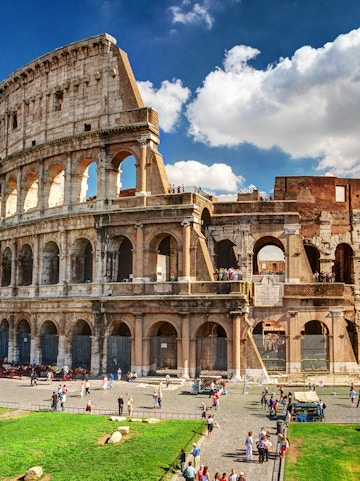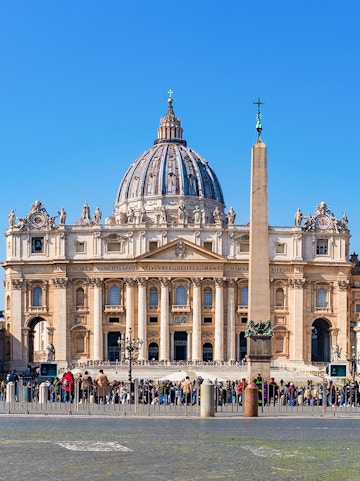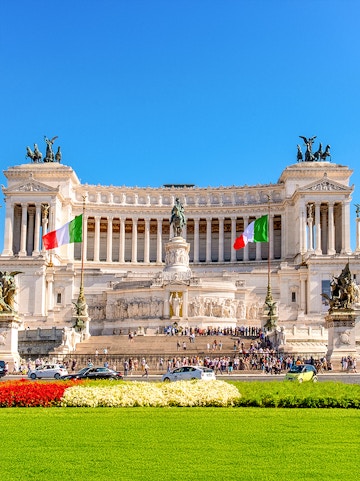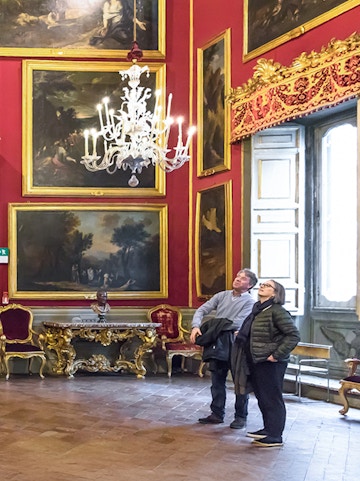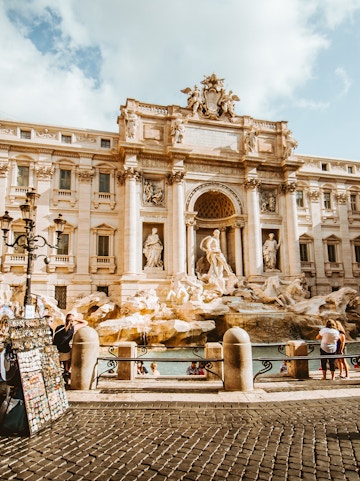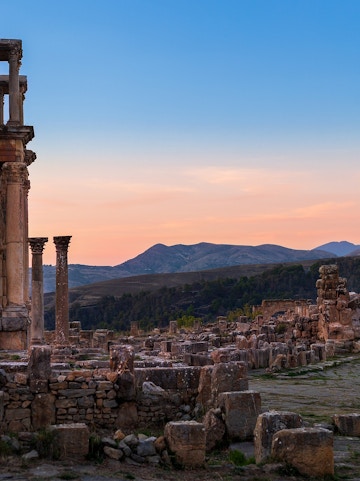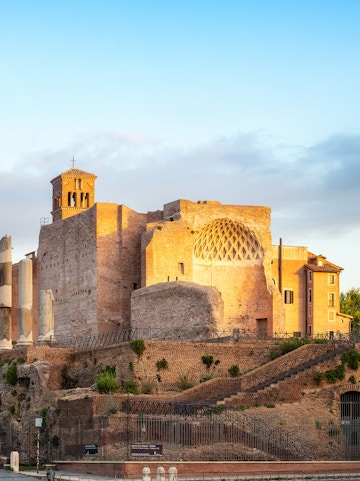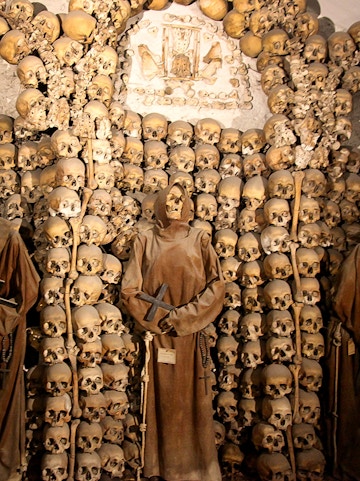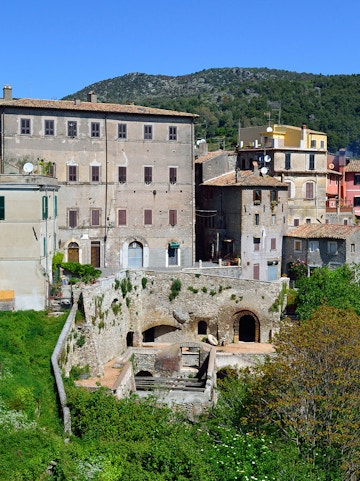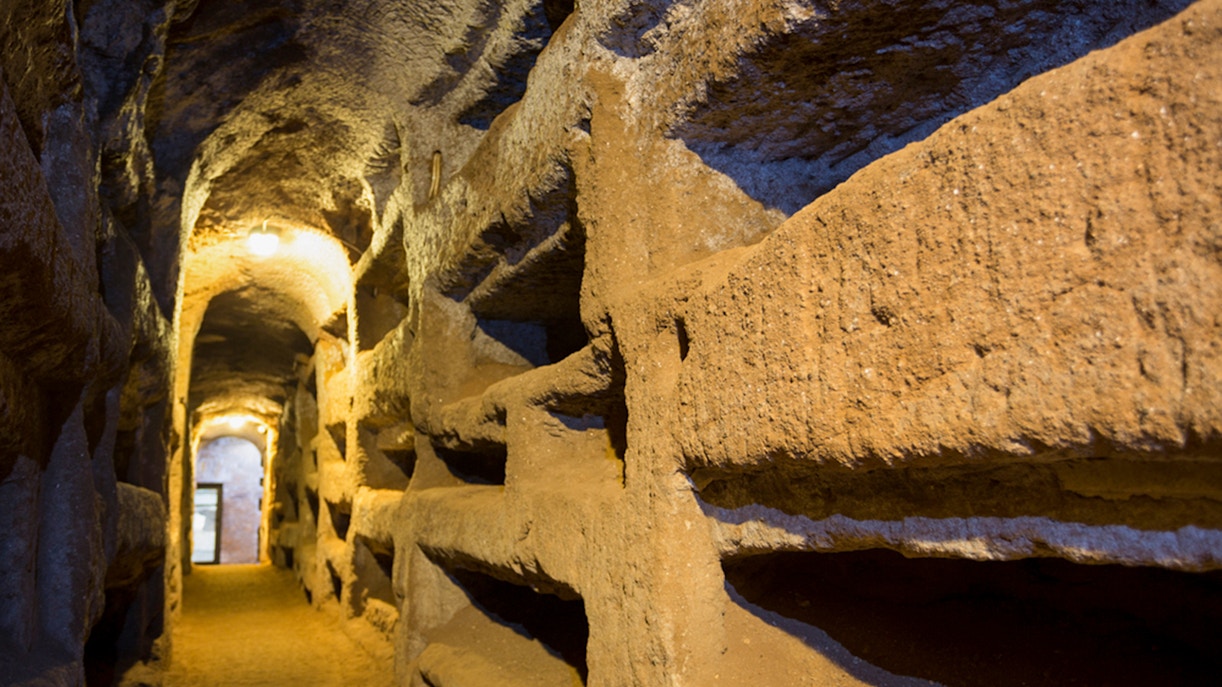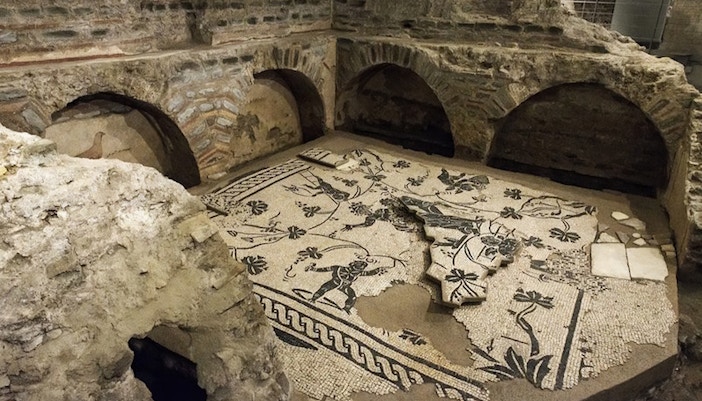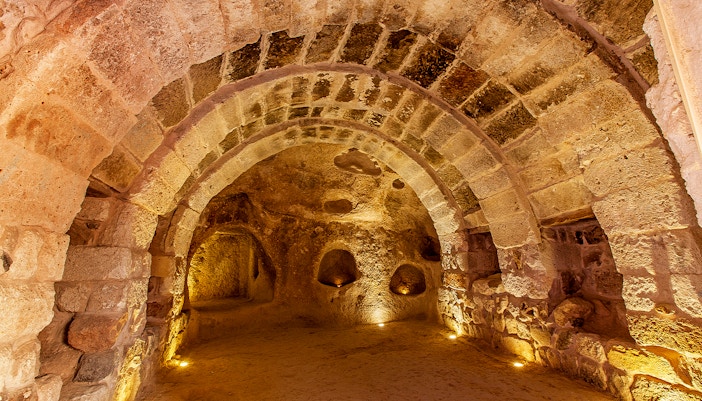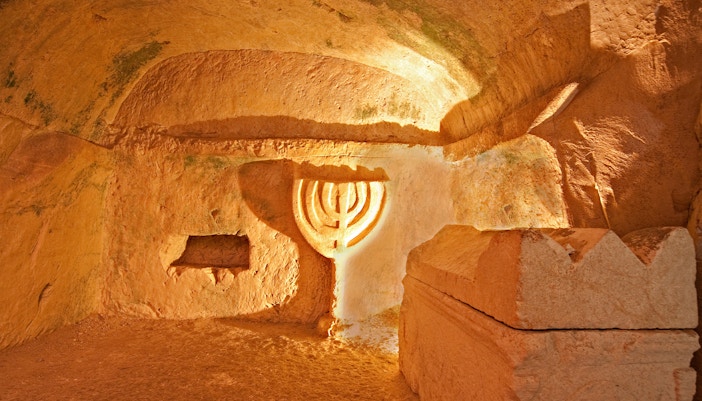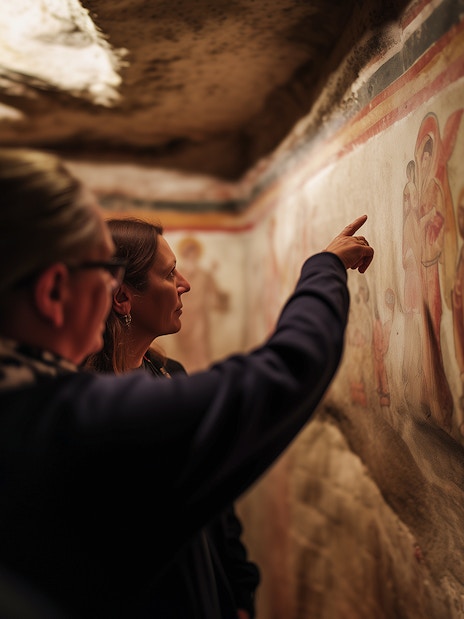- Historical significance: Among Rome’s earliest Christian burial sites, these catacombs were named after Saint Sebastian, a martyr buried here, making it a key pilgrimage site for early Christians.
- Time period: Established in the late 2nd century and transformed into a Christian necropolis by the 4th century AD.
- Current use: Now a historical landmark, they host guided tours to showcase early Christian burial traditions and the legacy of Saint Sebastian.
- Accessibility: Open to visitors only through guided tours. Located on Via Appia Antica, but uneven surfaces and stairs may pose challenges for those with mobility issues.
- Key features: Intricate tunnels, the Crypt of Saint Sebastian, 4th-century frescoes in the Cubicle of Jonah, and repurposed pagan mausoleums exhibiting biblical and historical art.


